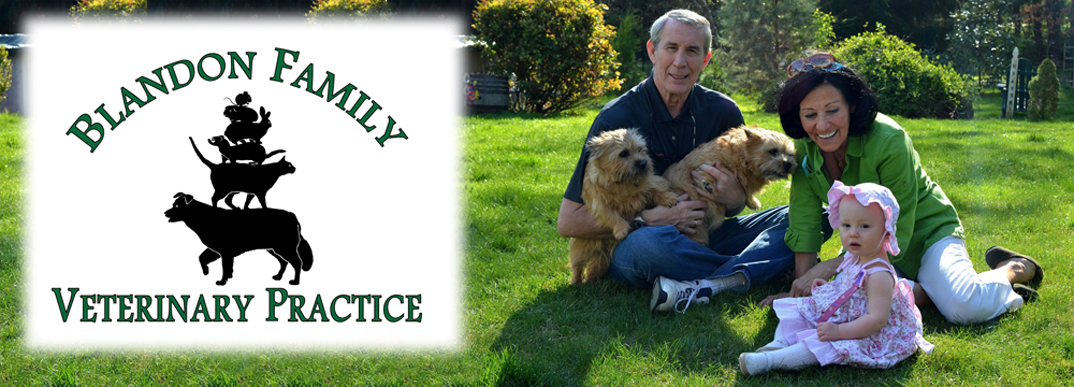Springtime Safety: Be Safe & Enjoy the Outdoors!
Hi there everyone! It’s about that time for another blog about safety! We at Blandon Family Veterinary Practice sincerely hope that everyone is enjoying the approaching Spring and Summer seasons (I know we are!), however, we just wanted to point out some things to look out for as everyone starts to enjoy the outdoors!
I recently visited a Lowe’s to purchase some mulch for my front flower garden, and there were so many different colors and kinds there, luckily I already knew what I wanted and what kind was safe for my pets. Even though it may not be as aromatic as other brands, pet owners should be on the look-out and be aware of the dangers of Cocoa Mulch.
Just like it sounds, Cocoa Mulch is made of (you guessed it) cocoa, which means that it is just as, if not more, toxic as chocolate itself. Cocoa mulch is significantly more toxic than milk or baker’s chocolate because it is compounded from a higher concentration of theobromine. Theobromine is the toxic compound in most chocolates that is responsible for producing the clinical signs of distress seen in pets after ingestion.
Below I have noted additional information from previous blog posts about the toxicity of chocolate.
* Chocolate is the most common toxic treat during the holidays. Chocolate, coffee, and caffeine all contain substances called methylxanthines. When ingested by pets, methylxanthines can cause vomiting, diarrhea, panting, excessive thirst and urination, hyperactivity, abnormal heart rhythm, tremors, seizures, and even death. As somewhat of a guide, the darker the chocolate, the more dangerous it is. For example, baking chocolate has the highest level of methylxanthines, while dark, milk, and white chocolate have lower, but still very dangerous, levels of methylxanthines. If ANY sort of chocolate is ingested by either dogs or cats, please seek Veterinary attention immediately.
In addition to the toxicity, Cocoa Mulch smells like chocolate, so it has a tendency to attract pets because they have excellent sniffers. Also, anyone who uses mulch might guess what I’m going to say next…there’s a LOT of it to go around! I have a medium sized flower garden, and I ended up with 8 big bags of mulch! In a worst-case scenario, left to their own devices, most dogs (and possibly outdoor cats) will eat cocoa mulch until you catch them, or until toxic effects start to set in, leading to the ingestion of large amounts of the toxin.
Some other products to look out for are certain lawn care chemicals, pesticides, and
all-purpose herbicides, snail and slug bait traps, and weed killers, to name a
few. Be aware of product labels and know that some chemicals are still harmful
even after they are “dry.”
One last reminder before unleashing you and your pets outdoors!! Here’s a link to my past blog about LEASH SAFETY! (forgive the pun, I couldn’t resist!) It is very important to remember the etiquette and courtesy of using leash safety as most of us will soon be interacting with each other and each other’s pets as it gets nicer outside!
http://www.blandonfamilyvet.com/2012/11/16/wild-about-leash-safety/
We hope that you and your families enjoy a safe and super fun start of springtime! Feel free to visit us in the office or give us a call!
Our hours are as follows:
Mondays & Fridays: 8am – 4pm
Tuesdays & Thursdays: 11am – 7pm
Every Other Saturday: 8am -12noon
Wednesday & Sunday: closed.
If you have any questions about anything you’ve read, please feel free to call us at 610-268-6208 or stop in to visit us! We would be happy to speak with you and answer your questions to the best of our ability!
